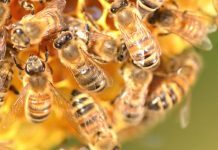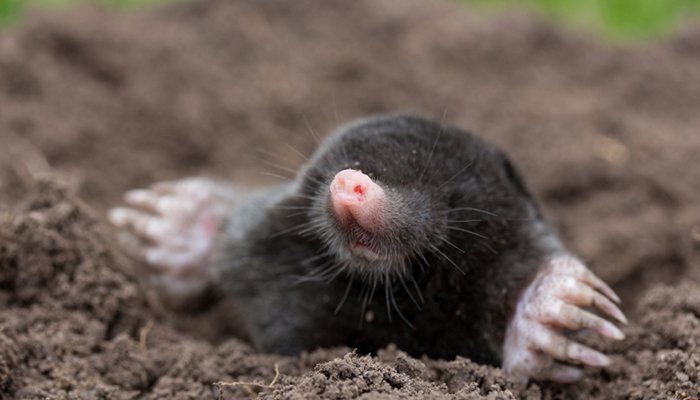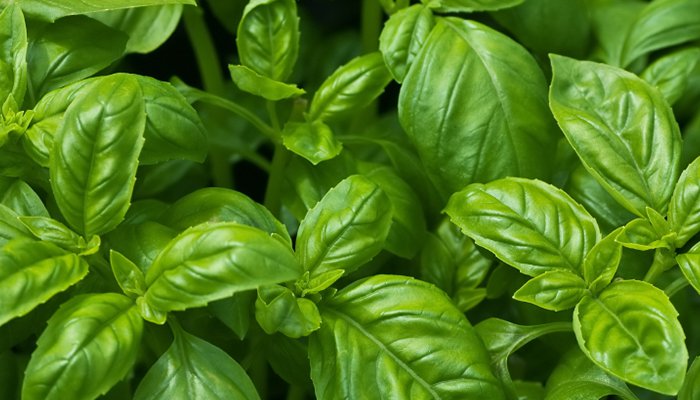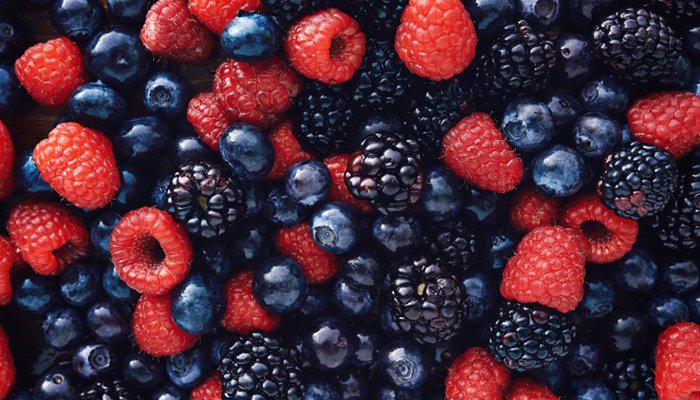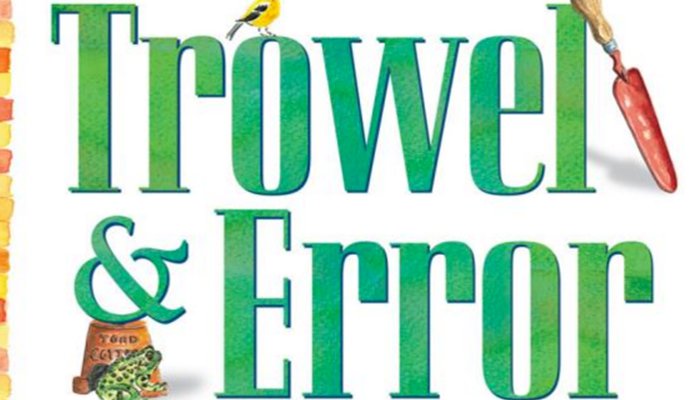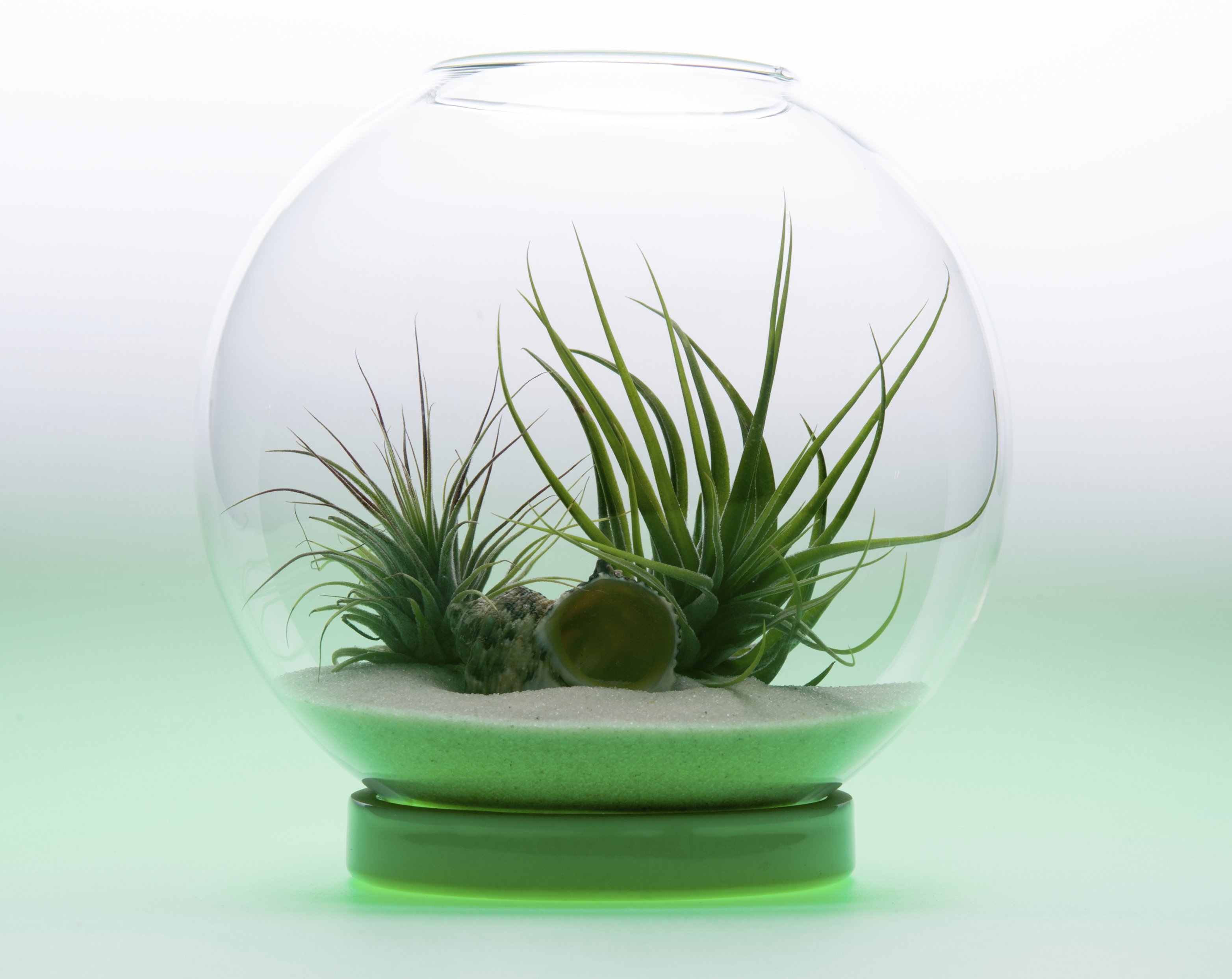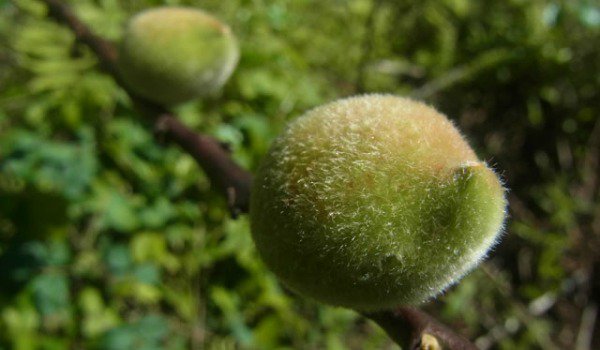
You may be used to enjoying the fruits of your own labor, no pun intended. But when the weather is…well what it is is many parts of the country, it feels like forever until you can get started on your own garden again.
Can’t grow fruits and veggies?
We bet you didn’t know that you can grow fruit indoors if you have a spacious sunroom, enclosed porch or conservatory. Thanks to an awesomely informative Reader’s Digest Article, we learned that there’s actually quite a bit you can grow in a pot in your home to get you through the winter. Here’s a short list:
Peaches and Nectarines: these can be grown as short standards on 30-inch stems. Keep indoors in a well-lit area in temperatures of 50 to 55°F until fruit sets. Once they set, they will require higher temperatures of 65 to 70°F.
Apricots: Train the stems against a sunny conservatory wall. To ensure fruit, hand pollinate by transferring pollen from one flower to another with a paintbrush, according to RD.
Figs: The Negro Largo does best indoors. A temperature range of 55 to 65°F (13 to 18°C) can limit the mature size of the plant. Set in a well-lit spot, but away from direct sun, and feed it only 2-3 times during growing season.
If growing indoors is not an option, and neither is local (or you’d be doing it in your own backyard) it’s best to buy organic, though not all food that is organic is necessarily better. For example, bananas grow inside the peel, which you do not eat. Your non-organic bananas should still be free from harmful pesticides. On the other hand, non-organic apples lose 50% of their nutritional value. Other foods you can save money on are: Avocado, Onions, pineapple, corn, cabbage, mangoes, and kiwi.
Foods that are found inside the peel, underground growers, and food that is naturally resistant to bugs (like cabbage) are usually not affected by pesticides. For a complete list, including other foods, check out Real Simple.
In general, your best bet when it comes to fruit is to freeze your own to get you through the fall and then buy frozen fruits and veggies throughout the winter. Frozen food actually retains more nutrients, as opposed to your strawberries that traveled three thousand miles and then went bad a few days after you bought them.
Organically frozen is even better!
Sources:
http://www.rd.com/slideshows/9-delicious-fruits-to-grow-indoors/#ixzz3Rxr7sCpf
http://www.realsimple.com/food-recipes/shopping-storing/food/non-organic-food
Image: iStockphoto


